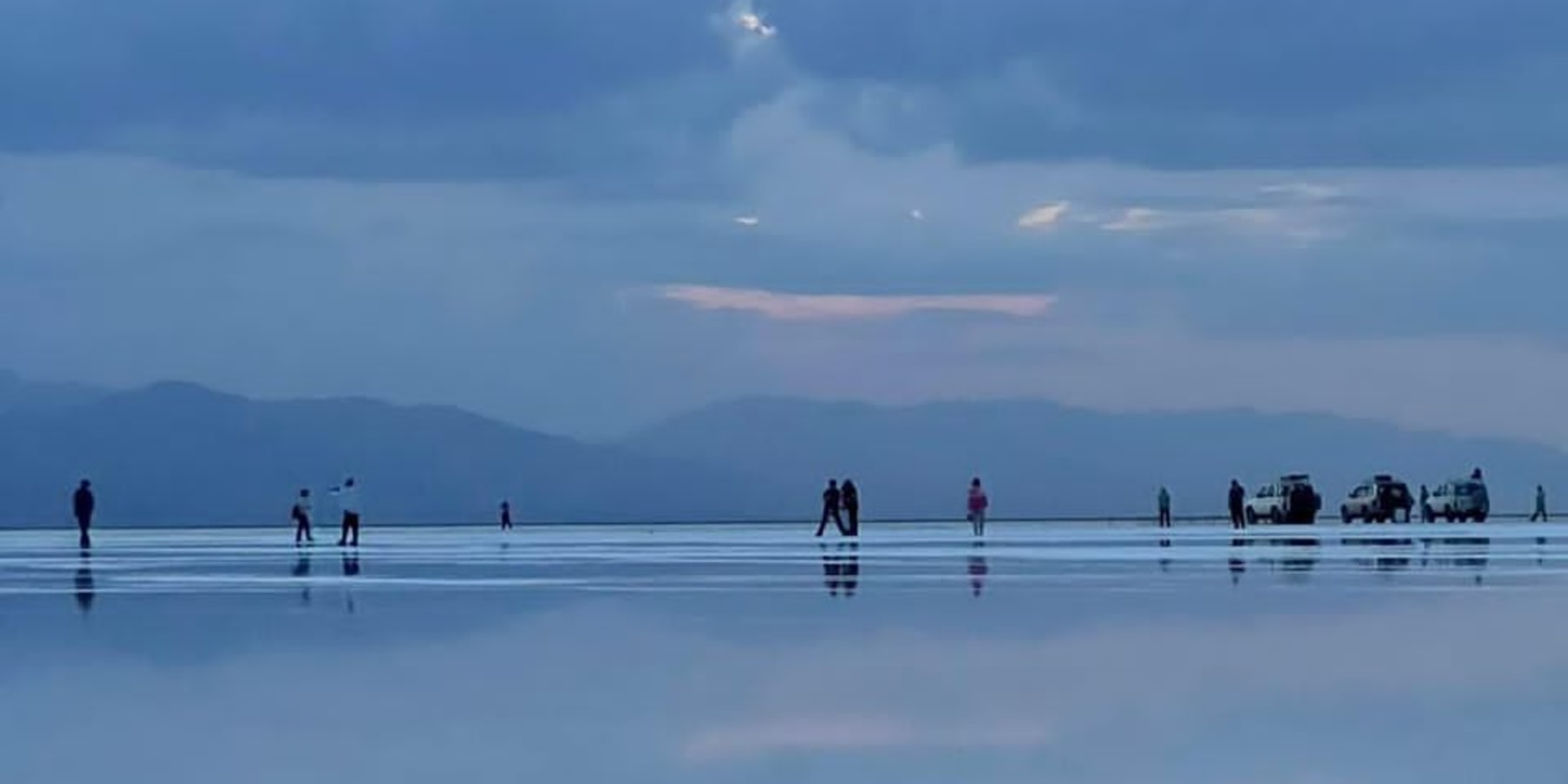
Discovering Ethiopia: A Land of Rich Heritage and Stunning Landscapes
Ethiopia, often referred to as the "Land of Origins," offers a unique blend of history, culture, and natural beauty that draws travelers from around the world. As one of the oldest nations in the world, Ethiopia is home to ancient civilizations, awe-inspiring landscapes, and vibrant cultures.
Historical and Cultural Attractions Ethiopia's rich history is reflected in its landmarks, from the ancient rock-hewn churches of Lalibela to the ruins of Aksum, the ancient kingdom that was once a major trading empire. The medieval castles of Gondar and the ruins of the Queen of Sheba’s palace in Axum provide a glimpse into Ethiopia's glorious past. Visitors can also explore the unique Ethiopian Orthodox Christian traditions at various monasteries scattered across the country.
Natural Wonders Beyond its historical sites, Ethiopia offers breathtaking landscapes. The Simien Mountains National Park, a UNESCO World Heritage site, features rugged peaks, deep valleys, and rare wildlife like the Gelada baboon and Ethiopian wolf. For those interested in natural beauty, the Danakil Depression offers one of the hottest and most unique landscapes on Earth, with colorful sulfur springs, volcanic craters, and salt flats.
Cultural Diversity Ethiopia is home to over 80 ethnic groups, each with its own distinct language, customs, and traditions. This diversity is reflected in the country's vibrant festivals, music, and dances, making Ethiopia an ideal destination for cultural immersion.
Ecotourism and Adventure With opportunities for trekking, hiking, and birdwatching, Ethiopia is also an ecotourism haven. The Bale Mountains National Park and the Rift Valley offer pristine ecosystems, while Lake Tana, the source of the Blue Nile, invites visitors to enjoy boat tours and explore its ancient monasteries.
Ethiopia’s blend of history, culture, and stunning landscapes makes it an unmissable destination for any traveler looking to explore one of Africa's most fascinating countries.
Ethiopia: A Hidden Gem for Adventure Seekers
For travelers seeking off-the-beaten-path destinations, Ethiopia is a hidden gem offering an array of adventures, from hiking in the highlands to exploring otherworldly landscapes.
Hiking in the Simien Mountains The Simien Mountains are perfect for adventurous trekkers. Known for their dramatic cliffs and deep valleys, the area offers trails that vary in difficulty, providing both challenging climbs and easier walks for nature enthusiasts. The park is home to endangered species such as the Ethiopian wolf and the Walia ibex, and its scenery is nothing short of spectacular.
The Danakil Depression: One of the Hottest Places on Earth For those looking for a more extreme experience, the Danakil Depression, located in the northeastern part of the country, presents an unforgettable adventure. It is one of the hottest places on Earth, with temperatures often exceeding 50°C (122°F). The region's geothermal activity creates a surreal landscape of salt flats, lava lakes, and sulfur springs.
Exploring the Rift Valley The Rift Valley, which runs through Ethiopia, is known for its dramatic geological features. It is a haven for wildlife and birdwatchers, with numerous lakes and hot springs, including Lake Abijatta and Lake Shala. The area also offers the chance to explore traditional villages and witness the customs of indigenous people such as the Hamar and Mursi tribes.
Trekking in the Bale Mountains The Bale Mountains National Park is another prime location for adventure tourism, with lush forests, alpine meadows, and deep gorges. It’s also one of the best places in the world for spotting rare wildlife, including the Bale monkey and the Ethiopian Highland hare.
For thrill-seekers and nature lovers, Ethiopia offers a wealth of unexplored terrain, making it a top destination for those seeking adventure in an untouched wilderness.
Ethiopia: A Culinary Journey Through Time
Ethiopia’s tourism scene is not just about ancient history and stunning landscapes – it's also a feast for the senses, especially for food lovers. Ethiopian cuisine is rich in flavors, colors, and textures, making it an integral part of the country’s cultural experience.
Injera: The Heart of Ethiopian Cuisine At the center of Ethiopian dining is injera, a spongy, sour flatbread made from teff flour. It serves as both a plate and a utensil, with various stews and salads served on top. Popular dishes include doro wat (spicy chicken stew), kitfo (minced raw beef), and shiro (chickpea stew), all of which showcase the unique combination of spices and flavors found in Ethiopian food.
Coffee Culture: A Tradition of Hospitality Ethiopia is the birthplace of coffee, and the coffee ceremony is an important cultural ritual. Visitors can experience the traditional Ethiopian coffee ceremony, which involves roasting green coffee beans, grinding them by hand, and brewing them in a special pot known as a jebena. The ceremony is often accompanied by incense, a symbol of respect and hospitality.
Regional Specialties Each region of Ethiopia has its own distinctive dishes, often based on local ingredients and traditions. In the highlands, you'll find hearty meat dishes, while in the lowlands, vegetarian fare is more common due to the abundance of grains and legumes. Spices like berbere, a blend of chili, garlic, and ginger, play a key role in many dishes, giving them a distinct heat and complexity.
For those interested in culinary tourism, Ethiopia offers a sensory-rich journey into the heart of its vibrant culture. Whether sampling a simple meal in a rural village or enjoying a feast in a city restaurant, Ethiopia’s food culture is a vital part of the travel experience.
Each of these aspects of Ethiopian tourism highlights the country’s unique appeal, from its ancient history to its natural beauty and culinary traditions, making it an unmissable destination for any traveler looking to explore a truly unique part of the world.

